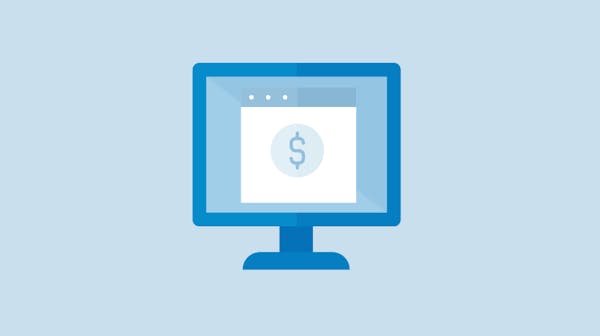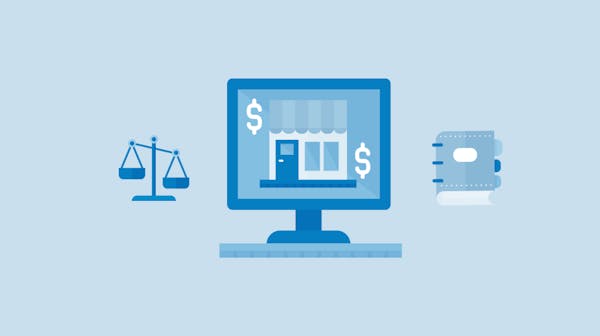Transparency, precision, and a touch of technology can transform your invoicing from a headache-inducing chore into a streamlined, error-free process. While it may seem straightforward to issue an invoice correctly, the devil is often in the details—but understanding and mitigating common mistakes can make all the difference. Nevertheless, there are always new strategies to explore and tools to implement that could further refine your process and prevent errors.
A Guide to Common Pitfalls and Solutions
A cornerstone to avoiding invoicing errors is executing invoices correctly for maintaining healthy cash flow. To begin with, it's imperative to verify all client information meticulously. This means double-checking names, addresses, and contact details to prevent any miscommunication that could delay payment. Wrong client information can not only lead to your invoice getting lost but also portray a lack of professionalism.
Next, ensure that all items or services provided are listed with utmost clarity. A clear description and accurate pricing can prevent disputes regarding what was agreed upon. Vague or incorrect line items are a common source of contention between businesses and clients.
Tip: Always review and compare your invoice items with the initial agreement or contract to avoid discrepancies.
Moreover, the inclusion of payment terms and any associated late payment penalties is crucial. These elements should be clear-cut to avoid any ambiguity about the expected payment timeline.
Example: An invoice stating, "Payment due within 30 days; a late fee of 2% will apply thereafter," sets clear expectations for the client.
Ensuring Clarity and Compliance: Keys to Avoiding Invoicing Errors
Legally sound invoices are the backbone of transactional clarity. They should fully break down the charges, including any taxes that apply, and provide a total amount due. This isn't just about being compliant; it's about transparency, which builds trust with your clients.
Clarifying the accepted payment methods and terms is not just a courtesy but a preventive measure against legal disputes over misunderstandings. It's a straightforward declaration of how you conduct business and manage transactions.
In adhering to regional legal standards, professional invoice templates often provide a solid foundation. They're designed to include all the necessary information, organized in a way that meets both local business laws and general best practices.
Strategic Invoice Management to Prevent Common Invoicing Errors
Checklists have proven to be an effective, yet simple tool to ensure consistency in processes. By sticking to a checklist, you can minimize the chances of omitting important details on your invoices. This adherence to procedure could be the key to eradicating invoicing errors in your operations.
Reviewing and updating invoicing processes at regular intervals keeps the system attuned to both internal business changes and external regulatory updates. What was compliant or considered best practice last year might not suffice this year.
Investing in staff education goes a long way in maintaining the quality of your invoicing. Informing them about the common mistakes and best practices can be an effective way to uphold standards.
Consider utilizing InvoiceOnline to avoid invoicing errors, a tool offering a secure, simple way to create invoices online without any registration or credit card required, starting with a free trial. Technology can indeed be a true ally in your quest for perfection—choosing the right invoicing tool that automates aspects of invoice creation and highlights errors can make all the difference.
Example: An invoicing tool that autofills client information based on past invoices can prevent human error during data entry.
By taking proactive steps and leveraging available resources, avoiding invoicing errors becomes a manageable part of doing business.




